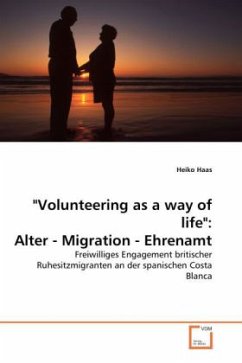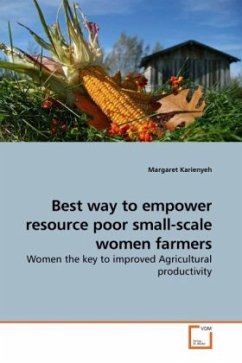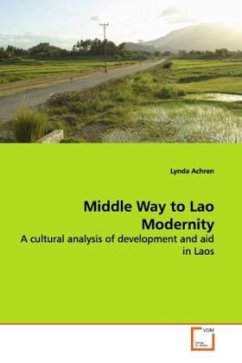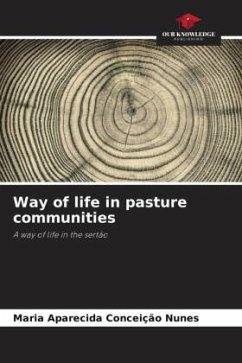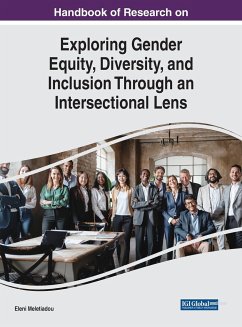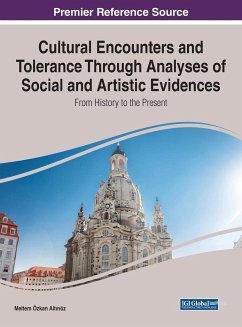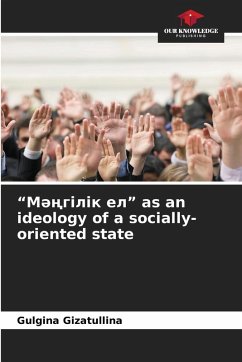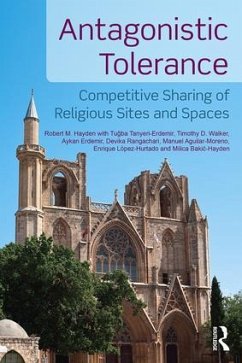
Tolerance As A Way Of Life
Versandkostenfrei!
Versandfertig in 6-10 Tagen
32,99 €
inkl. MwSt.

PAYBACK Punkte
16 °P sammeln!
The purpose of this study will be to redefine the nature and source of tolerance through an analysis of the complex patterns of interdependence that develop in urban environments. Some of the most crucial developments in this process include the following: 1) Increased need for interaction among diverse types of people, 2) symbols and other forms of commonality external to the individual, and 3) development of institutions and mechanisms for regulating such interaction and upholding such symbols. First, literatures on urban sociology and research on civil liberties are used to create an urbani...
The purpose of this study will be to redefine the
nature and source of tolerance through an analysis
of the complex patterns of interdependence that
develop in urban environments. Some of the most
crucial developments in this process include the
following: 1) Increased need for interaction among
diverse types of people, 2) symbols and other forms
of commonality external to the individual, and 3)
development of institutions and mechanisms for
regulating such interaction and upholding such
symbols. First, literatures on urban sociology and
research on civil liberties are used to create an
urbanism- tolerance paradigm. Short comings of
urbanism are discussed through more detailed views
of the composition of populations and the potential
for subcultural development. I then argue that past
efforts to explain tolerance have been biased by
attitudinal measures of the extension of civil
liberties. Review of the historic context of
urbanism and tolerance show that toleration of
differences, at the structural level, is quite
prevalent and that tolerant behavior is, in fact, a
way of life.
nature and source of tolerance through an analysis
of the complex patterns of interdependence that
develop in urban environments. Some of the most
crucial developments in this process include the
following: 1) Increased need for interaction among
diverse types of people, 2) symbols and other forms
of commonality external to the individual, and 3)
development of institutions and mechanisms for
regulating such interaction and upholding such
symbols. First, literatures on urban sociology and
research on civil liberties are used to create an
urbanism- tolerance paradigm. Short comings of
urbanism are discussed through more detailed views
of the composition of populations and the potential
for subcultural development. I then argue that past
efforts to explain tolerance have been biased by
attitudinal measures of the extension of civil
liberties. Review of the historic context of
urbanism and tolerance show that toleration of
differences, at the structural level, is quite
prevalent and that tolerant behavior is, in fact, a
way of life.




